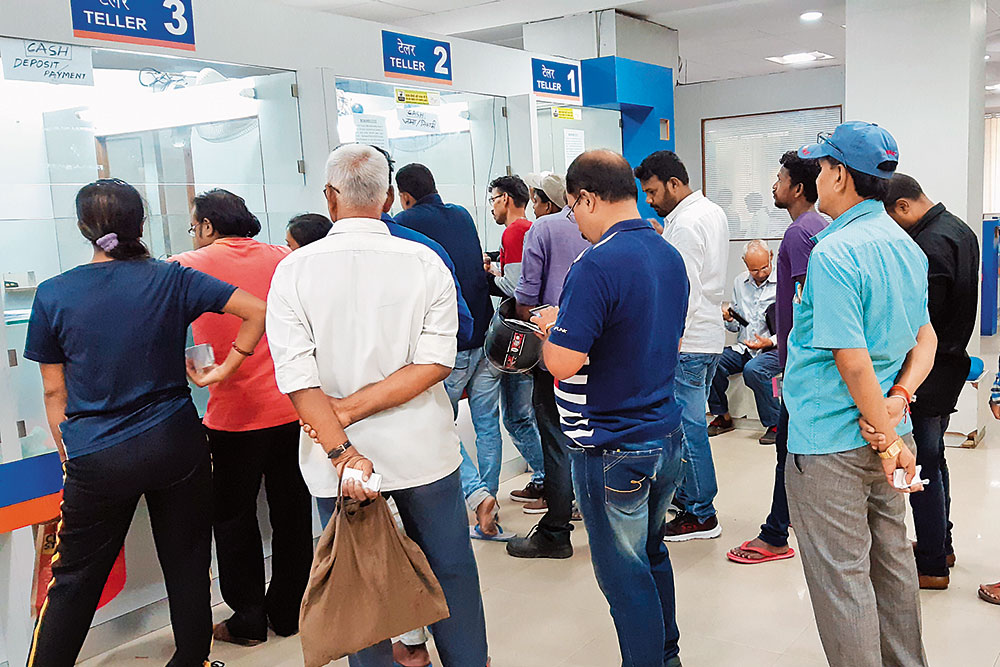At the recent monetary policy committee meeting in April 2024, Reserve Bank of India Governor Shaktikanta Das proposed changes in the liquidity coverage ratio framework to successfully meet liquidity risk. LCR is a liquidity requirement for banks to maintain at all times a certain proportion of high-quality liquid assets (HQLA). These assets include cash, reserves with central banks, and central government bonds, which can easily be converted into cash.
At the recent monetary policy committee meeting in April 2024, Reserve Bank of India (RBI) Governor Shaktikanta Das proposed changes in the liquidity coverage ratio (LCR) framework to successfully meet liquidity risk. LCR is a liquidity requirement for banks to maintain at all times a certain proportion of high-quality liquid assets (HQLA). These assets include cash, reserves with central banks, and central government bonds, which can easily be converted into cash. RBI implemented LCR in January 2015, and as per a circular in 2020, banks should maintain sufficient HQLA at all times to meet unexpected withdrawals.

When was LCR Created?
- After the global financial crisis in 2008, the Basel Committee on Banking Supervision (BCBS) introduced LCR by issuing ‘Basel III: International Framework for Liquidity Risk Measurement, Standards and Monitoring’ in 2010.
- In India, RBI issued Basel III liquidity guidelines in 2012.
- After considering various factors and their consequences, BCBS issued the final guidelines on liquidity framework in 2013, and disclosure standards in 2014.
- RBI issued the final guidelines in 2014 and implemented it between 2015 and January 1, 2019. Initially banks had to maintain 60 per cent HQLA, which was gradually increased to 100 per cent.

How Does lcr Help?
- When banks face liquidity crises, LCR provides them with financial protection to prevent them from going bankrupt.
- Banks are required to keep 30 days’ worth of HQLA, because it allows enough time for RBI and the government to step in and save the bank from defaulting.
- This is also good for customers as it ensures safety of their deposits.
- All Statutory Liquidity Ratio (SLR)eligible assets, which need to be maintained by the banks as per the Banking Regulation Act, 1949, are permitted to be considered HQLA under LCR requirements, if they are in excess. This helps maintain and optimise both liquidity requirements.

RBI’s Perspective:
- Digital advancements have enabled customers to withdraw and transfer funds 24 hours a day, but it has also posed liquidity risk for banks to meet a sudden surge in demand.
- In 2023, a few banks faced liquidity pressure because customers used digital banking channels to withdraw and transfer funds. RBI views this type of situation as an emerging risk.
- RBI intends to change certain LCR framework assumptions and modify them to better manage the liquidity risks in banks.
- It is expected to soon issue a draft circular with proposed modifications and open it for public comments.







